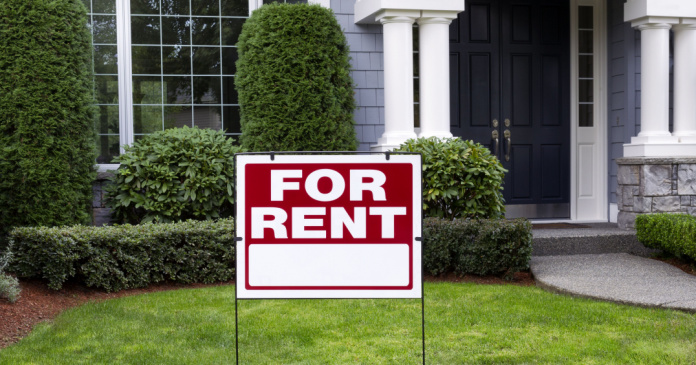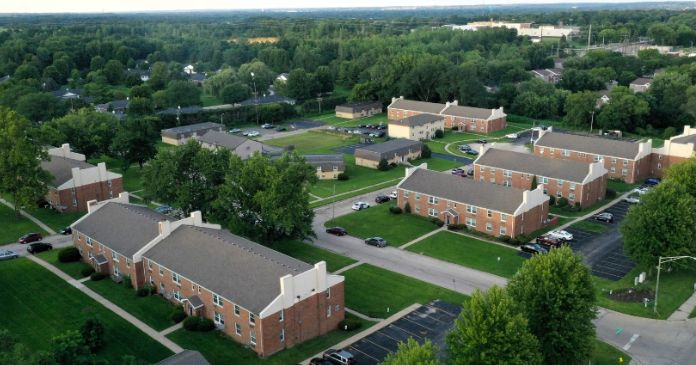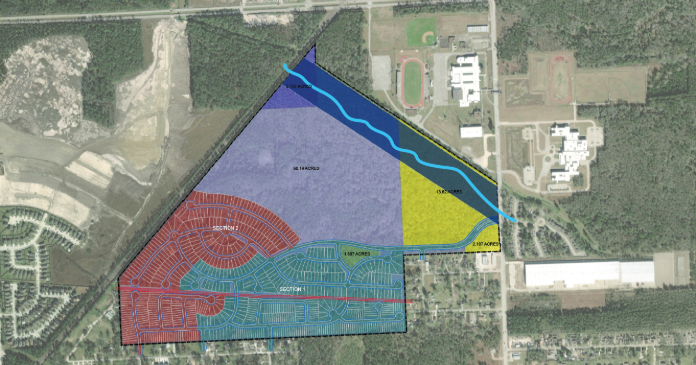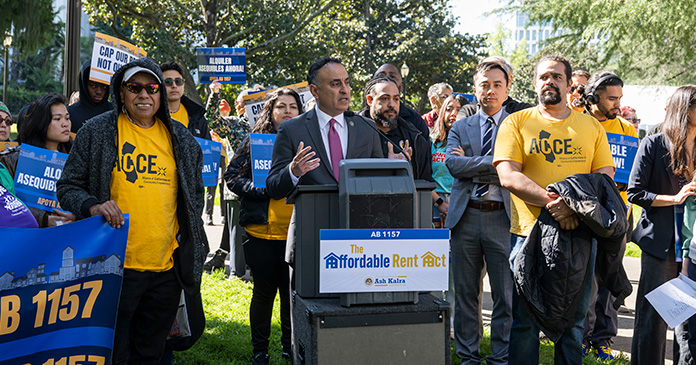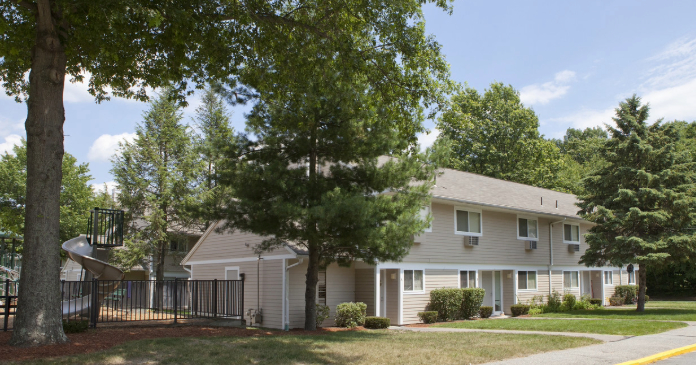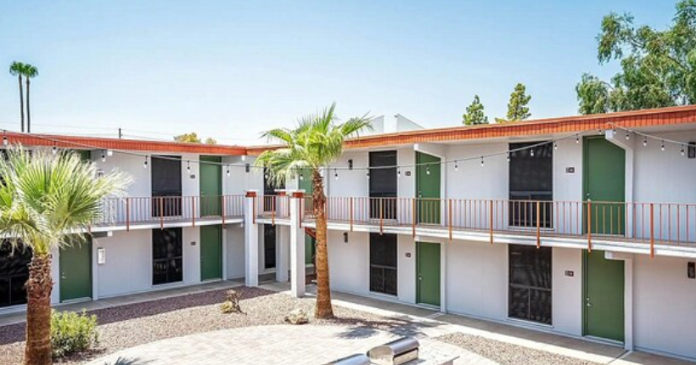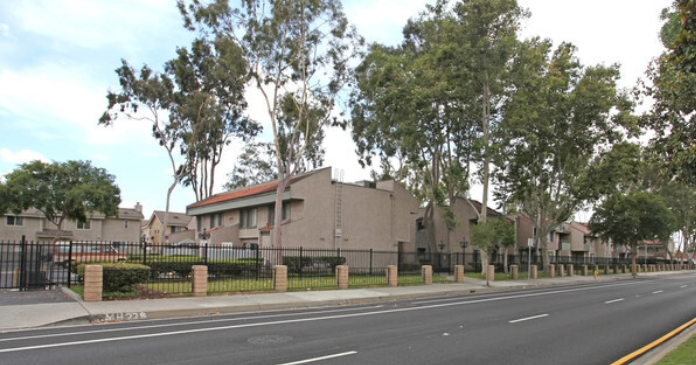CoreLogic reported that their single-family rent index (SFRI) for November rose 2.7 percent from its year-earlier level. This is up from the 2.5 percent year-over-year rent growth reported last month. This increase marks a break in the year and a half long string of steady declines in the rate of year-over-year SFR rent growth.
Real vs. nominal
The history of the overall SFRI growth rate since January 2020 is shown in the first chart, below. The chart shows both the nominal year-over-year rent growth rate and also the real rate. The real rate is the year-over-year nominal rate less the year-over-year rate of inflation as measured by the not-seasonally-adjusted CPI-U.
The chart shows that, while the nominal rate of year-over-year rent growth has dropped to pre-pandemic levels, the recent elevated rate of inflation has caused the real rent growth rate to be negative for 11 of the last 12 months.
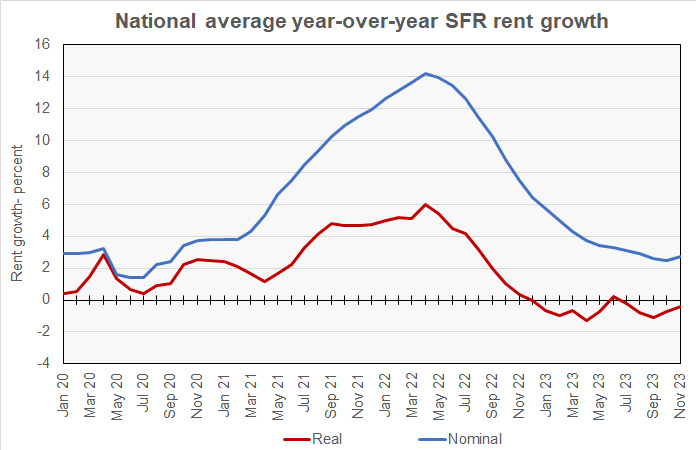
For reference, Yardi Matrix found that single-family rent growth in November was 0.7 percent year-over-year as rents fell for the month. However, Yardi Matrix focuses on properties of 50 or more units while CoreLogic takes a broader look at the single-family rental market.
Price tiers converge
In addition to the overall SFRI, CoreLogic calculates SFR rent growth by the relative asking rent for the properties it covers. It divides the properties into 4 groups: those priced at 75 percent or less than the regional median (Low), those priced at 75 to 100 percent of regional median (Low-mid), those priced at 100 to 125 percent of regional median (High-mid) and those priced above 125 percent of regional median (High). The results for November 2023 are shown in the next chart, below.
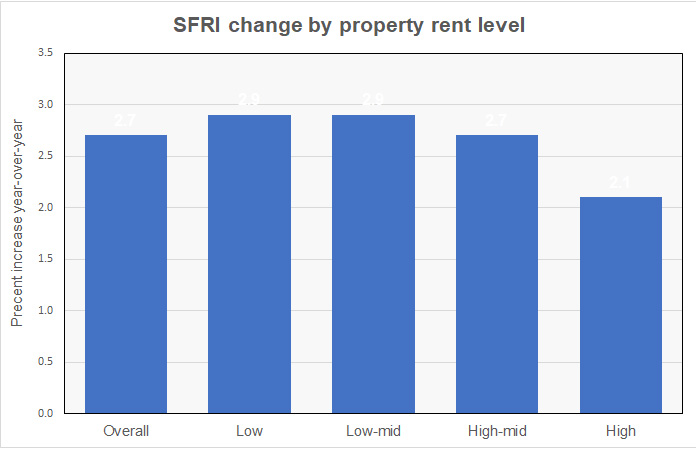
In a departure from results seen in recent months, the chart shows that the average SFR rent growth is relatively uniform across pricing tiers. Only the rent growth rate in the highest pricing tier differs significantly from the overall average rent growth rate.
Ranking the metros
CoreLogic reports the year-over-year rate of growth in the SFRI for a select group of metropolitan areas. San Diego remained in the top position for highest rent growth rate this month. It recorded SFR rent growth of 5.6 percent, up from 5.2 percent last month. Minneapolis jumped into second place with rent growth of 5.2 percent. Boston (5.1 percent) moved up a spot to third place while San Francisco (5.0 percent) and New York (5.0 percent) rounded out the top 5 metros.
Two metros saw SFR rents decline again in November. The metros are Austin (-2.6 percent) and Miami (-1.1 percent). Phoenix (0.2 percent), Atlanta (0.9 percent) and Las Vegas (1.1 percent) filled out the five metros with the lowest rent growth rates.
CoreLogic is a data and analytics company. It calculates the SFRI using “a repeat pairing methodology to single-family rental listing data in the Multiple Listing Service.” The CoreLogic report is available here


